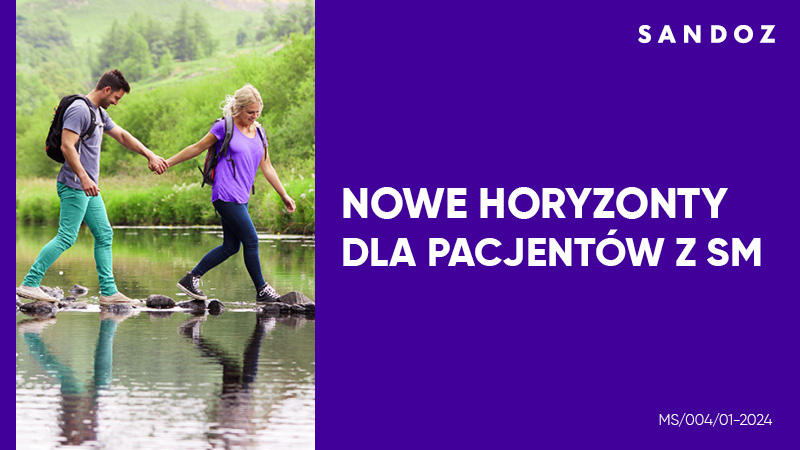Strength training as a form of rehabilitation in adults with cerebral palsy
Jakub Sławomir Gąsior1,2, Piotr Jeleń3, Mariusz Pawłowski1,2, Marcin Bonikowski2
 Affiliation and address for correspondence
Affiliation and address for correspondenceThis article is a review of the literature concerning the use of lower limb strength training in adults with cerebral palsy. Medical databases were searched using the following keyword sequences: “cerebral palsy,” “adults,” “young adults,” “strength training,” “progressive strength training” and “resistance training.” Nine publications were identified, and seven met our inclusion criteria. The level of evidence of the accepted studies was rated using the criteria propose by Oxford Centre for Evidence-Based Medicine. The results were presented in a table according to the International Classification of Functioning, Disability and Health at three levels: structure, activity and participation. Based on the results of non-randomised studies, it can be stated that strength training in adults with cerebral palsy leads to increased muscle strength in the lower limbs and improves patient’s activity and participation without adverse effects such as increased spasticity or a passive range of motion decline. However, these results have not been clearly confirmed in randomised clinical trials. To achieve the maximum benefits of strength training in adults with cerebral palsy, a number of issues must still be addressed, e.g. the detailed characteristics of patients with cerebral palsy, a training protocol and potential contextual factors that may influence the effectiveness of this kind of therapy.







